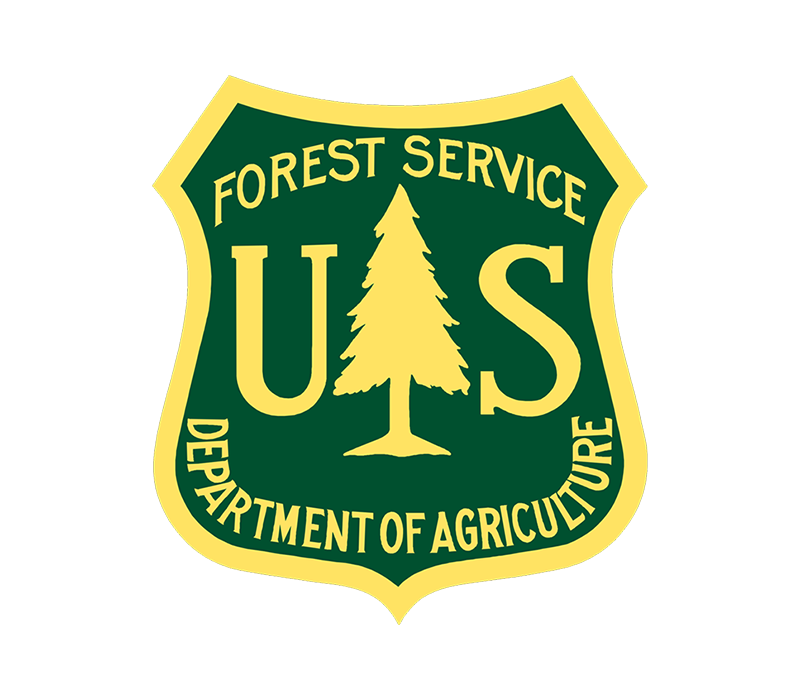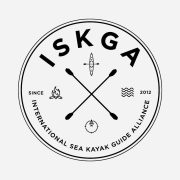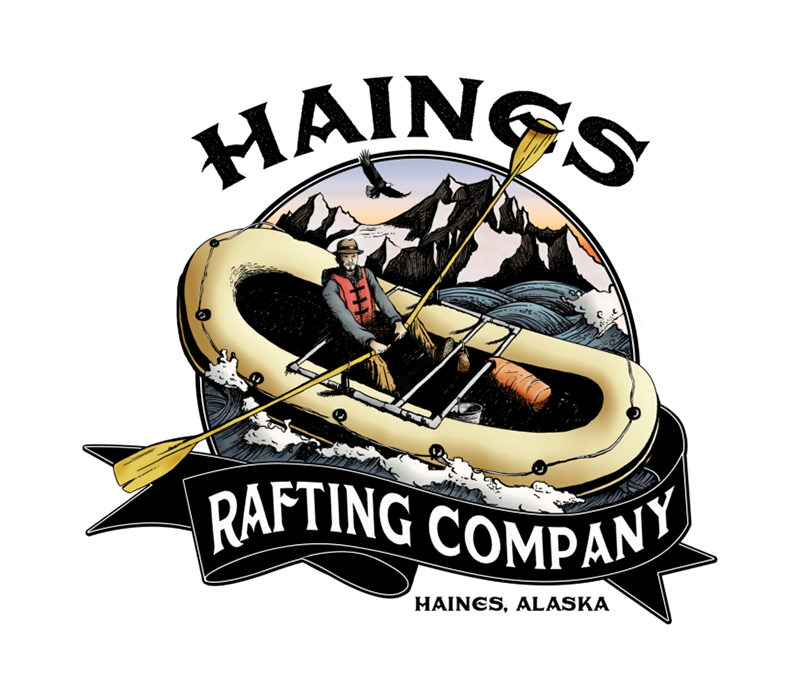- Itinerary
- Day 0
- Day 1
- Day 2
- Day 3
- Day 4
- Day 5
- Day 6
- Day 7
- Including
Itinerary
The journey begins in Juneau, Alaska. Although part of the mainland, Juneau is not connected by any road system, making it a de facto island and the beginning of our sea kayak expedition. Surrounded by water and towering mountains, this town of 35,000+ hearty residents has no roads linking it with the rest of Alaska. Travel by air or by sea are the only ways to get here and away. Like so many Alaskan towns, people flocked to Juneau in the late 1800’s because of gold. Joe Juneau and Richard Harris discovered gold here in 1880, aided by the Tlingit and their Chief Kowee. In 1900, the town became the state capital and is the largest town in Southeast Alaska, acting as a hub for all the smaller communities also not connected to the road system.
Berners Bay, in Tlingit, means “between two points.” It is an incredibly rich and diverse watershed full of life, both in its waters and on its shores. Located northwest of Juneau, the Bay is the home of the Wooshkeetaan Auke people who have lived, hunted, fished, and gathered berries at the Bay for thousands of years. The Bay is about 3.5 miles wide at the entrance, between Point Bridget and Point St. Marys and has nearly 40 miles of coastline. Berners Bay is surrounded by Tongass National Forest, home to black and brown bears, wolves, moose, and mountain goats, as well as many other species. Berners Bay is fed by four glacial rivers: the Antler River, Berners River, and Lace River, as well as Cowee Creek. These rivers are spawning habitat for Pacific salmon, including at least 60,000 coho salmon per year, as well as chum and pink salmon, Pacific herring and cutthroat trout.
During the spring runs, herring and eulachon (a small energy-rich forage fish) flood into Berners Bay to spawn in numbers estimated to be between 10 and 20 million. The fish are followed by humpback whales, harbor seals, sea lions, killer whales and tens of thousands of shorebirds seeking to feed on these fish. Additionally, up to 600 bald eagles come to feast on the “silver tide” of eulachon, forming the second largest congregation of bald eagles in North America.
St James Bay is located across the fjord and due east of Juneau. The entrance to the bay is formed by St James Point and Pt. Whidbey, and is part of the St James Bay Marine Park. Within the protected waters of the bay there are more than 30 miles of coastline, with a number of islands and a historic portage created by the Tlingit generations ago to access a very protected anchorage in Boat Harbor. The lush lowlands and wetlands are tremendous habitat for brown bears, wolves, moose and waterfowl. As you head into the mountains we see mountain goats and wolverine in abundance, but these are just a few of the species we may see while on its shores. The protected waters in this bay are exceptionally deep and full of life, hosting a wealth of marine mammals like humpbacks, orcas, sea lions, and seals.
Haines is an overlooked gem on the emerald necklace of towns strung along the Inside Passage. A magnificent location, rough around the edges, shaped by quirky characters and a zig-zagged history that includes an army fort, a prominent Native settlement, army installations, a religious mission, and commercial fishing, timbering and mining, Haines isn’t easily defined. Its most alluring attractions are dispersed and take time to hunt down. But the town is an accurate thumbnail of Alaska, mesmerizing for its beauty and memorable for its characters and quirk.
Day 0
Meet your guide in Juneau for a pre-trip meeting and dinner.
Day 1
We will pack our things early and meet with our driver for a 45 minute ride to Echo Cove. Once at the launch we will get our kayaks squared away and go over some kayak paddling techniques as well as some safety items. Then we’ll push off into the waters of Berners Bay. We will spend our first day on the water exploring the bay and refining our paddling techniques. Once everyone is feeling comfortable, we will head north to our first campsite and a well-deserved, hearty dinner.
Day 2
On the first morning of our trip, we will wake up to the stunning scenery of Berners Bay with sounds of a waterfall just into the forest behind camp or the calls of the hoary marmot family that lives in the rocks on this beach. Today we check the wind and tides, and plan our day of exploration in Berner Bay.
Day 3
At the the back of Beners Bay, there are no less than four rivers that empty their fresh water, flowing from the Juneau Icefield, creating a rich watershed teaming with life. This our third day here and we are just beginning to scratch the surface, but with so much daylight at this time of year, we still have much time and many more miles to paddle.
Day 4
Today we pack up camp after breakfast and prepare for our water taxi to take us to St. James Bay for the second half of our trip. We will climb aboard and motor about 25 miles, taking our time and the opportunity to look for humpbacks or orcas, arriving mid-afternoon in St James Bay.
Day 5
The waters of St James Bay are nicely protected. Today we can sleep in and wait for the tide to come up, and make our launch a little easier, or we can get an early start as there is much to explore.
Day 6
Today we make our way to the northwest corner of the bay to a portage created by Tlingit natives and used for thousands of years. We can stash our kayaks on the beach, pack up our lunch and a few supplies, and hike over to Boat Harbor. Here we can explore the shoreline, have a lunch break, and maybe watch the local gillnet fleet as they fish for salmon in the harbor.
Day 7
Our last day, we will have our final camp breakfast, pack up camp, and make our way to our pick-up point by midday. With a little cooperation from the weather, we will see our float plane coming in to land on the waters of St James Bay. As we get our gear aboard and motor out to open water for our take off we see the beaches which have been our home for the last week, sorry to be going but maybe a litlle happy to have that shower that awaits in Haines
Included
Food while in the field
Group camping gear
Tents, sleeping bags, sleeping pads
Kayak, paddle, PFD, safety gear
Professional guide service
Not Included
Lodging while not in the field
Food while not in the field
Personal equipment
Gratuity for guide(s)





